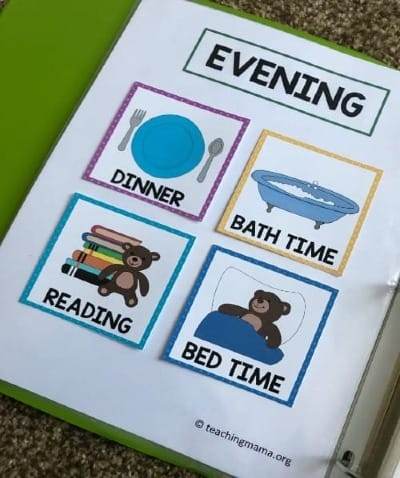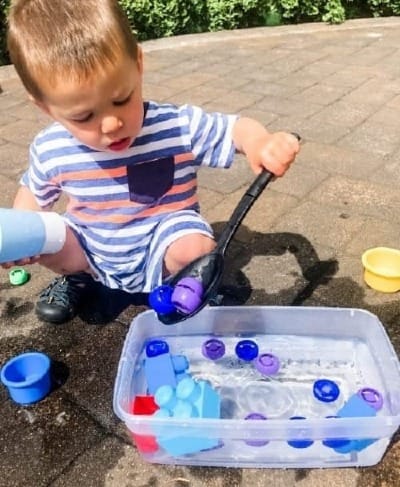Sensory Play Companion Guide: Supporting Children with Sensitivities

Accompanying the blog post "Sensory Play: Engage, Adapt, and Learn," this guide offers adaptable strategies for parents and caregivers of children on the autism spectrum, ADHD, or other sensory processing differences.
Children with sensory sensitivities often need a gentle, calm approach. Start with activities your child likes and gently layer in the sensory element.
These activity ideas offer them safety:
1. Create a Predictable Environment
- Use visual schedules or boards to outline what will happen during play.
- Keep activities short and transitions clear.
- Use timers to help indicate when play begins and ends.

2. Adapt Sensory Materials Thoughtfully
- Offer a variety of textures—from dry to wet—and let your child choose.
- Use sensory bags or sealed containers for children to avoid direct contact
- Avoid overwhelmingly loud sounds unless your child enjoys them

3. Respect Sensory Preferences
- Allow the child to observe before participating.
- Never force a child to engage; instead, offer alternatives.
- Provide tools (like spoons, gloves, brushes) to enable indirect exploration.

4. Incorporate Interests
- Use favorite characters or themes to make activities more engaging.
Example: Hide toy trains in a dry pasta bin or create a sea-themed sensory bag

5. Provide Calm-Down Options
- Include calming sensory choices like a weighted lap pad, a fidget toy, or a quiet space.
- Create a cozy area with soft lighting and familiar objects nearby

6. Celebrate Every Step
- Acknowledge participation, even if it’s just watching.
- Use encouraging words and offer high-fives or claps.
- Document progress—it’s all growth!

Final Note
You are your child’s best resource. Keep being present with flexibility, patience, curiosity, and love.